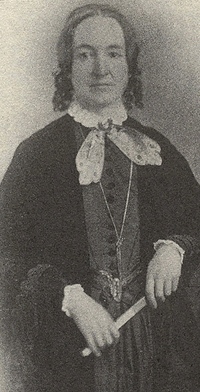In 1860, in Illinois, a woman named Elizabeth Packard was locked away in an asylum. Not because she was violent. Not because she was ill. But because she disagreed.
At that time, the law allowed a husband to confine his wife without trial, without evidence, without her consent. For Elizabeth’s husband, her refusal to follow his religious beliefs was enough.
Inside the asylum, Elizabeth uncovered a dark truth: countless women labeled “insane” were like her — wives who resisted, daughters who disobeyed, women who dared to speak too boldly.
Where many broke, Elizabeth began to write. She observed, documented, and waited.

After three long years, she finally faced a jury. There, she defended not just her sanity, but her right to think for herself. The jury declared her sane, and Elizabeth walked free.
But freedom was only the beginning. Determined to prevent other women from suffering the same fate, she became a writer, speaker, and activist. Her relentless campaigns led to new laws that stripped husbands of their unilateral power to imprison wives.
Elizabeth Packard nearly lost everything. Instead, she gave generations of women both a legal shield and an immortal lesson in courage.





